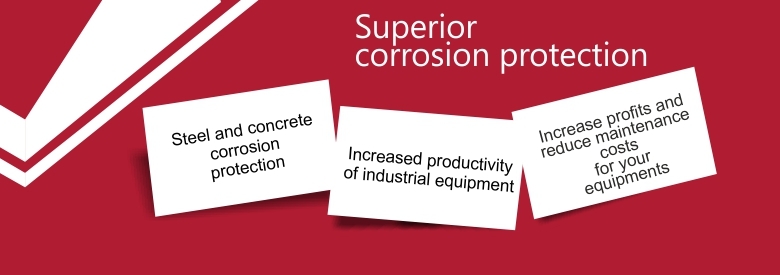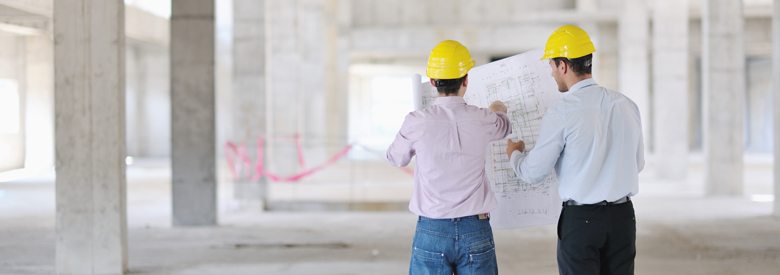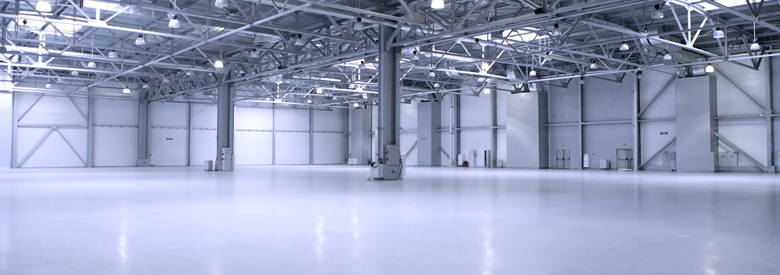Concrete degradation – concrete corrosion - causes and solutions
Concrete is one of the most used building materials worldwide. The annual production is estimated at 1 cubic meter per person! However, concrete is sensitive to environmental factors and chemical factors that can affect the integrity of the concrete.
In addition to this, when it comes to construction and industrial projects, numerous actors are involved (producers of concrete, general contractors, builders, manufacturers products for corrosion protection etc.), that is why it is essential to understand in advance the various pathologies that could affect the integrity and functionality of concrete. These pathologies are likely to affect each of the concrete structure, and they are caused by different materials or products used in concrete mix.
The main causes are influencing the sustainability of concrete are reinforcement corrosion, concrete chemical corrosion, abrasion, internal efforts, crystallization and recrystallization etc. Also concrete degradation can be an effect of fire, aggregate expansion, sea water effects, bacterial corrosion etc.
Concrete degradation - sulfates
Different types of aggregates suffer chemical reactions in concrete, leading to the emergence of harmful phenomena. The most common are attacks with sulphates, acid attacks / alkali and bacterial attacks.
Sulfates of solutions in contact with the concrete can cause chemical changes that can lead to further significant microstructural reactions ending with the weakening of the cement bonds (cracking and eventually total degradation of cement). Sulfate-based solutions may also cause deterioration of the concrete by the crystallization and recrystallization. Sulfates are ubiquitous in the natural environment, including gypsum (calcium sulphate), cement additives, sea water, contaminated soil, etc.
Concrete degradation – acids
The solution contained in concrete porosity is very alkaline (pH = 13). In these conditions, solid concrete matrix minerals are stable and function optimally. However when the concrete is exposed to an acidic environment, minerals become unstable, leading to the dissolution and dismantling concrete (eg stagnant water, acid rain - composed of nitric acid and sulfuric acid, organic acids in silage and manure)
Concrete degradation - bacteria
Another potential pathology of concrete structures are bacterial attacks. Certain bacteria, mainly present in organic materials, transform or produce concrete corrosion. This type of anaerobic bacteria convert sulfur compounds present in the concrete mixture to hydrogen sulphide (very toxic product), which can be very harmful to concrete structures. This type of reaction is usually found in agricultural silos or sewer systems.
Concrete degradation - Chloride
The chlorides, in particular calcium chloride, are used to shorten the time of connection of the concrete. However, calcium chloride and sodium chloride can cause chemical changes in the concrete, which leads to the weakening of connections in time.
Physical damage
Physical deterioration of concrete can occur during casting but later because of mechanical stress being placed (without using formwork boards, extreme temperatures, moisture, electrolytic action).
Due to its low thermal conductivity, concrete layer can be commonly used for fireproofing of steel structures. This can damage the concrete. For this reason, fire testing standards do not allow fire testing cement based products, unless the relative humidity inside the cementitious product is below 75%.
Up to approximately 300 ° C heat stress concrete reacts normally. Over this temperature, concrete shrinkage occurs due to loss of water. At 450-550 ° C to decompose the hydrate of the cement of calcium oxide. The calcium carbonate decomposes at about 600 ° C
Repair and consolidation
The first step should always be a study to determine the cause of damage. Repair general principles necessarily include depreciation of treating exposed reinforcement and filling pores resulting free after the removal of concrete damaged.
Various techniques are available for the repair of concrete structures. Choosing the right technique depends on the cause initial damage (corrosion, chemical attack, fire etc).
One of the products that provide excellent protection and concrete is ProGuard CN-1M. Ceramic polymer product based on excellent covering concrete surfaces (floors, walls, ceiling), and can be applied easily by conventional application tools such as roller.














